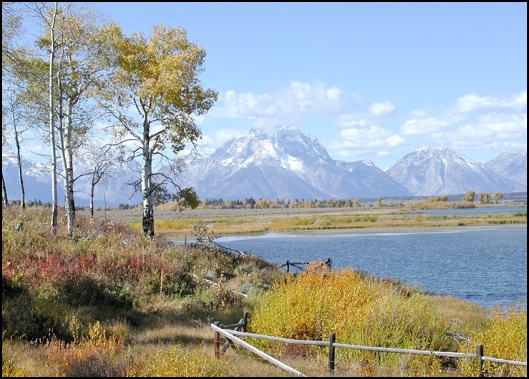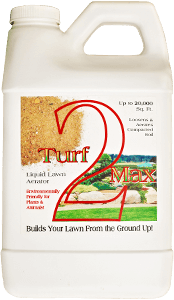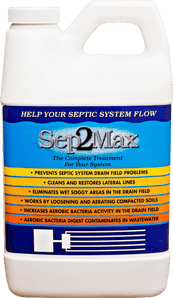Soil erosion involves the separation and removal of soil particles from one location to another. The primary factors causing soil erosion is wind and water runoff on compacted soils. Erosion usually degrades soil quality including loss of nutrients and organic matter. Thus a soil of poor quality is less able to withstand further erosion thereby starting a path of soil degradation.
The impacts of erosion include the formation of rills, gullies, stream bank cutting, and downslope deposition of soil into bodies of water. Impacts attributed to soil erosion include reductions in fertility, biological activity and infiltration. These changes reduce the capacity of the soil to supply and cycle nutrients, store moisture, and sustain plant and biological functions.
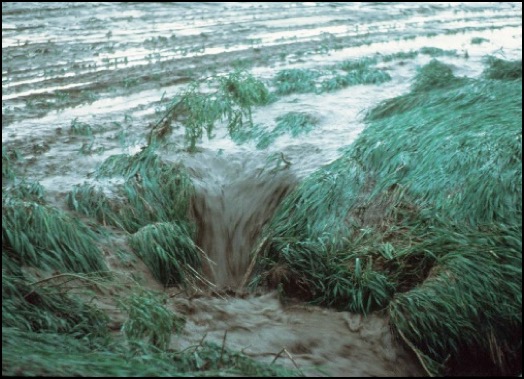
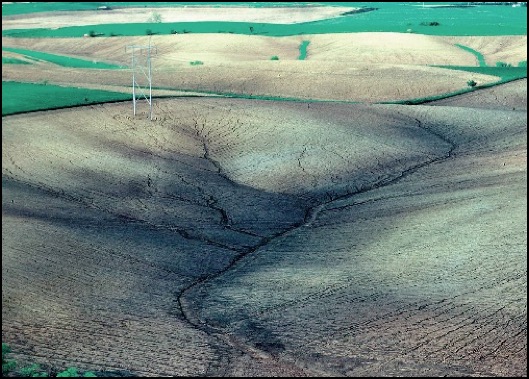
Methods on How to Prevent Soil Erosion
For sites where soil compaction is high and water runoff is causing soil erosion, we believe the answer is to apply Turf2Max. It promotes the transformation of small soil particles into larger ones, thus opening up pore space. This improves water infiltration through the surface layers and increases percolation into the soil.
Other ways on how to prevent soil erosion include:
- No-till farming helps to stop erosion due to wind and water.
- Protect the soil with cover crops when the land is not being used to grow crops.
- Use hydro mulching when revegetating on slopes.
- Grass waterways and terraces on hillsides
- Creating and/or maintaining a healthy riparian corridor along waterways.
Soil Restoration Technologies Case Study
Grand Teton National Park Erosion Control Project
The first case history involves an erosion control project at Flagg Ranch Resort within Grand Teton National Park. We were instructed by the park management team to plan, design, and implement a mitigation plan to prevent further erosion, and to restore the area incorporating native materials.
This study shows a portion of the site, that we refer to as the horseshoe. This project started in August of 2002 and deemed a success in July of 2009. The main cause of erosion in this popular area was attributed to visitors walking up and down the slopes. Restoration began with implementation of lodgepole pine erosion control structures that are secured with large rocks and a newly constructed buck and pole fence.
Revegetation by hydromulching was done with native plant material. In accordance with National Park mandates, the native seed was collected in close proximity to this site. The average growing season in this area is only 60 days.
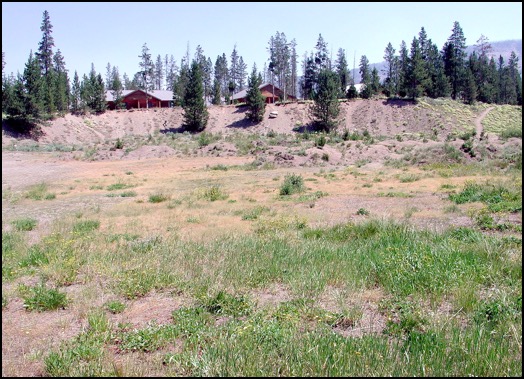
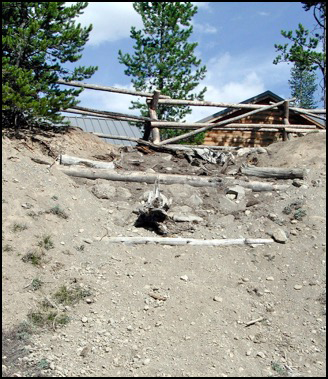
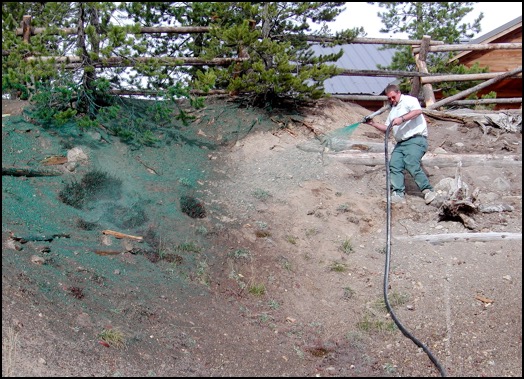
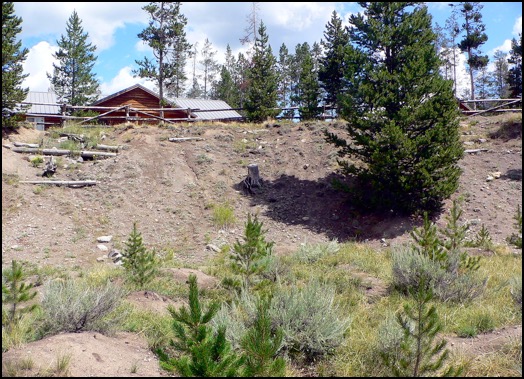
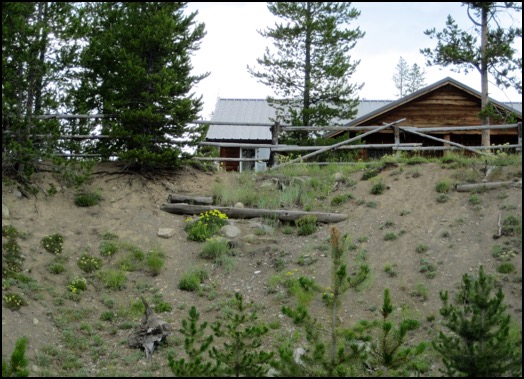
Willow Flats Overlook
This popular area at Grand Teton National Park is subjected to extreme erosion impacts. The National Park Service did not have a designated trail system in the area. This allowed visitors to make their own pathways which created severe erosion cuts.
We developed a rehabilitation plan that included restoration of the erosion impacts and construction of interpretative hard surface trails for visitors.
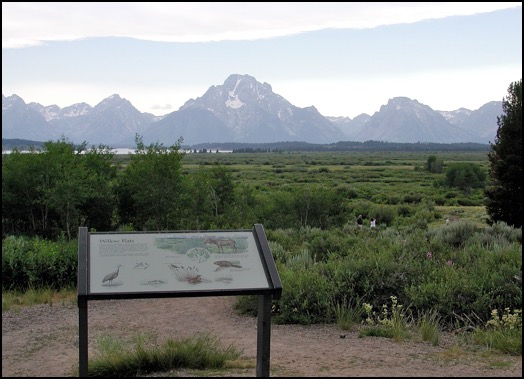
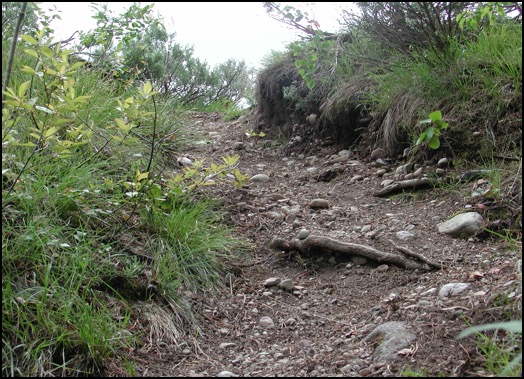
Elk Ranch
Fencing around the water body discourages human and wildlife access. This helps to prevent soil erosion by preserving the shoreline vegetation thereby improving water quality.
